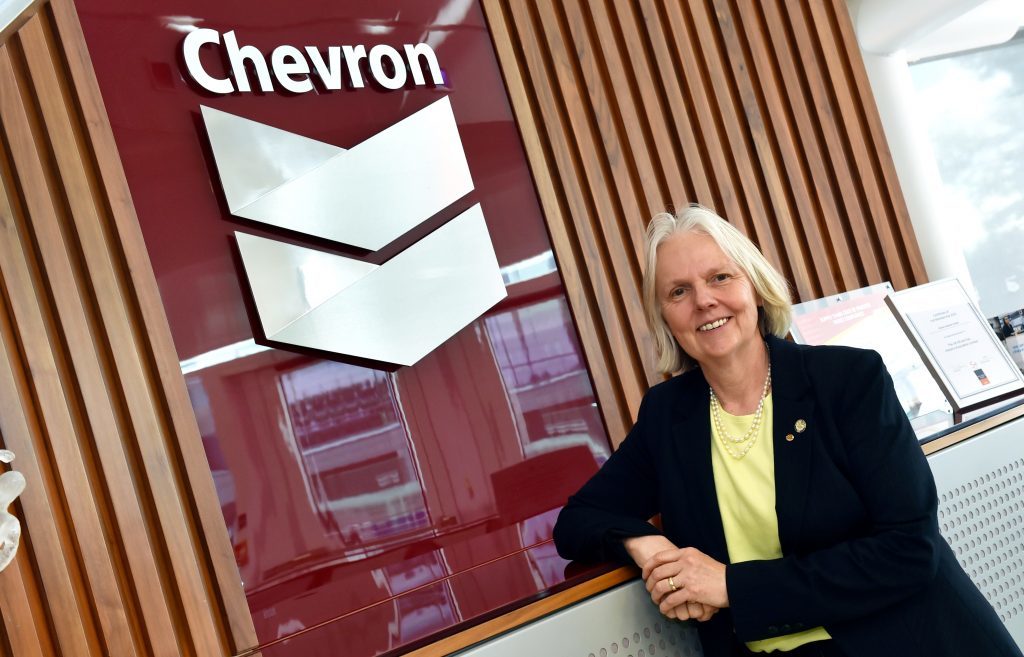
Today is International Women’s Day, an opportunity to recognize the achievements of women and to discuss issues of gender and diversity.
In these pages recently, Jeremy Cresswell, wrote, not for the first time, about the issue of gender diversity in the industry. I applaud Jeremy’s passion for this subject. I believe that each one of us – women and men – have a role to play through the way we influence the society in which we live, the culture in which we work and by the way we treat one another on a day-to-day basis. Observing and staying quiet won’t change behaviour or outcomes.
Our industry has spent decades honing the ability to extract the maximum value from its resources, and yet when it comes to the most critical resource – our people – we still have a long way to go. Representing roughly a fifth of employees in the oil and gas industry, women account for a significantly smaller share of the workforce in the UK than they do in almost any other sector. As a result, the industry is failing to fully leverage a potentially sizable and critical pool of talent.
Consider also that our industry is changing. Advances in robotics and artificial intelligence could reshape the industry in a host of ways, including the types of technical skills that are required and where those people will be based. Positioning the industry to attract diverse talent with the right expertise and capabilities will be critical to future success in the North Sea.
I strongly believe, that the industry can and must surmount these challenges if it is to position itself for success tomorrow and into the future. After all, we already understand the nature of the challenge.
The Oil and Gas Technical Apprentice Program (OGTAP), managed by OPITO, launched an initiative last year to encourage more female applications after less than 0.5% of the applicants in 2017 were young women. They have successfully reached their 2018 target of 5% female applications to the scheme, crucially they are rising an increase in the quality of the candidate applications. This week also happens to be Scottish Apprenticeship Week, so it is the perfect time to have a conversation about how to get more women interested in a career in the industry.
OGTAP and other organisations such as the Engineering Construction Industry Training Board are striving hard to encourage more young women into the industry through technical pathways like apprenticeships, but the challenge lies further upstream. Recent studies have shown that the window of opportunity to attract girls in to STEM starts to close by the time they leave Primary School. Strong role models, practical experience, visible routes to industry and peer pressure are all crucial factors in determining whether a girl will pursue an interest in an industry such as ours.
That’s why the work of STEM education programs delivered in the North East such as TechFest are so important. Colleagues of mine at Chevron, as do others in the industry, often dedicate their personal time to be STEM ambassadors for these programs, visiting schools across Aberdeen and Aberdeenshire to talk about their work and bringing STEM to life for our school children. Anyone in this industry can be a role model and inspire the next generation, but only some put their hand up. Let’s recognise the value of this work and applaud those who do it.
We should communicate clearly that our industry is an exciting place to have a career. For anyone who enjoys a challenge and working with a variety of brilliant people and ever-changing technologies, then this is the place to be. My advice to young women entering the industry is never lose sight of the fact that bringing your perspective as a woman is important, but that’s just half of it. Bringing consistent high performance to the job is what gets noticed. The most important thing for a woman – or a man – to remember is that you have a job to do and to do it well. Be prepared to do your best, be confident in your abilities, and recognize that everyone has biases, albeit unintentional. High performance will help to counteract those biases and earn people’s respect.
Diversity and inclusion as a driver of organisational success is getting attention at the highest levels in business. Those organisations that value and foster a truly diverse and inclusive culture that allows every person to develop and contribute to his or her fullest, will be rewarded with higher performance. Its how we leverage our best competitive advantage – our people and our culture – to consistently deliver results.
Recommended for you
